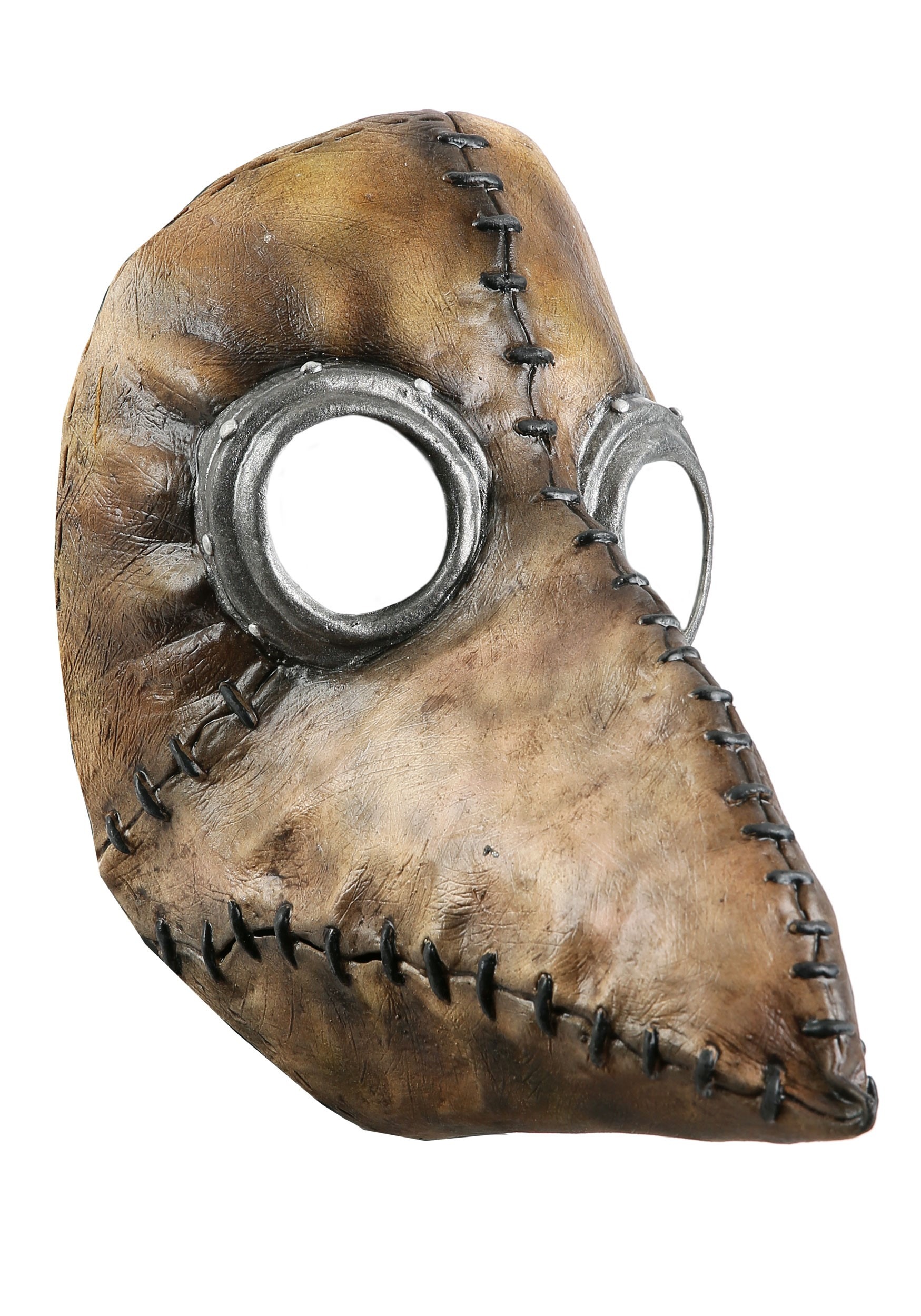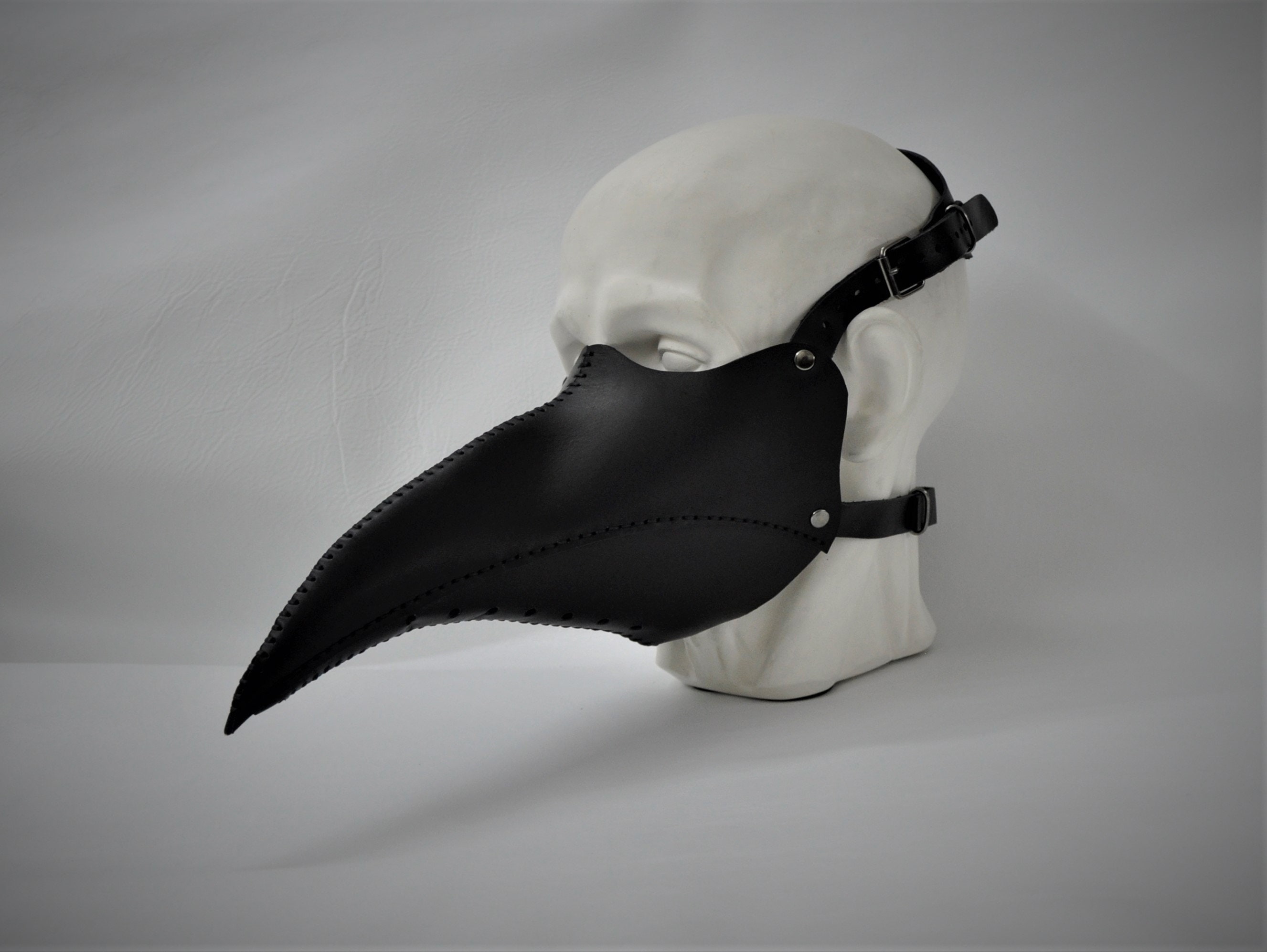
A study of more than 1000 photographs of surgeons in operating rooms in US and European hospitals between 18 indicated that by 1923 over two-thirds of them wore masks and by 1935 most of them were using masks. However, masks became increasingly widespread.

The physician Alexander Fraenkel in Berlin, for example, was sceptical about the “whole surgical costume with a bonnet, mouth mask and veil, devised under the slogan of total wound sterility”. Such a narrowly targeted strategy was not uncontroversial. The face mask stood for a strategy of infection control that focused on keeping all germs away, as opposed to killing them with chemicals. In Paris, the surgeon Paul Berger also began wearing a mask in the operating room the same year. In response to these findings, Mikulicz started to wear a face mask in 1897, which he described as “a piece of gauze tied by two strings to the cap, and sweeping across the face so as to cover the nose and mouth and beard”. Johann Mikulicz, head of the surgery department of the University of Breslau (now Wroclaw, Poland) started working with the local bacteriologist Carl Flügge, who had shown experimentally that respiratory droplets carried culturable bacteria. Hands, instruments, even the operator's exhalations were suspect now. But in the 1880s, a new generation of surgeons devised the strategy of asepsis that aimed to stop germs from entering wounds in the first place.

Lister suggested eliminating germs through the use of antiseptic substances. In 1867, the British surgeon Joseph Lister postulated that wound disease was caused by the germs of the microscopically small living entities that Louis Pasteur had recently described.


 0 kommentar(er)
0 kommentar(er)
